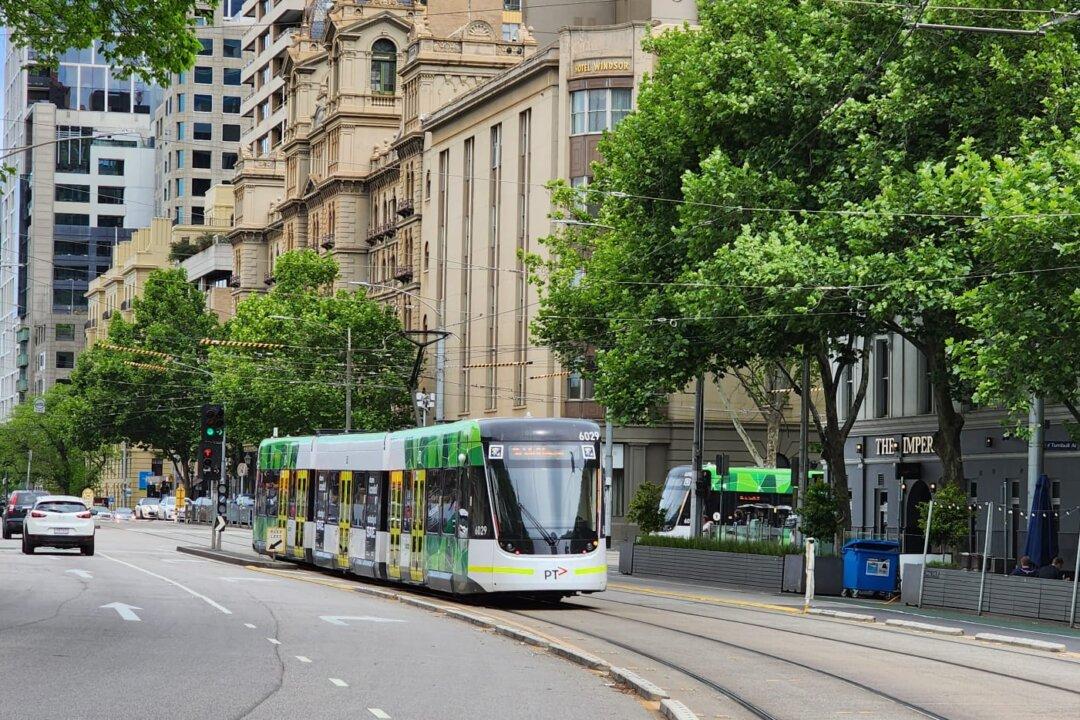Australia’s secondary industries are bearing the brunt of inflationary pressures as business failures spike in the face of a nationwide cost-of living crisis.
According to data compiled by the Australian Securities and Investments Commission (ASIC), manufacturing and building company insolvencies surged in the first six months of FY 2023-24 due to the steep cost of raw materials and electricity, coupled with labour shortages.





